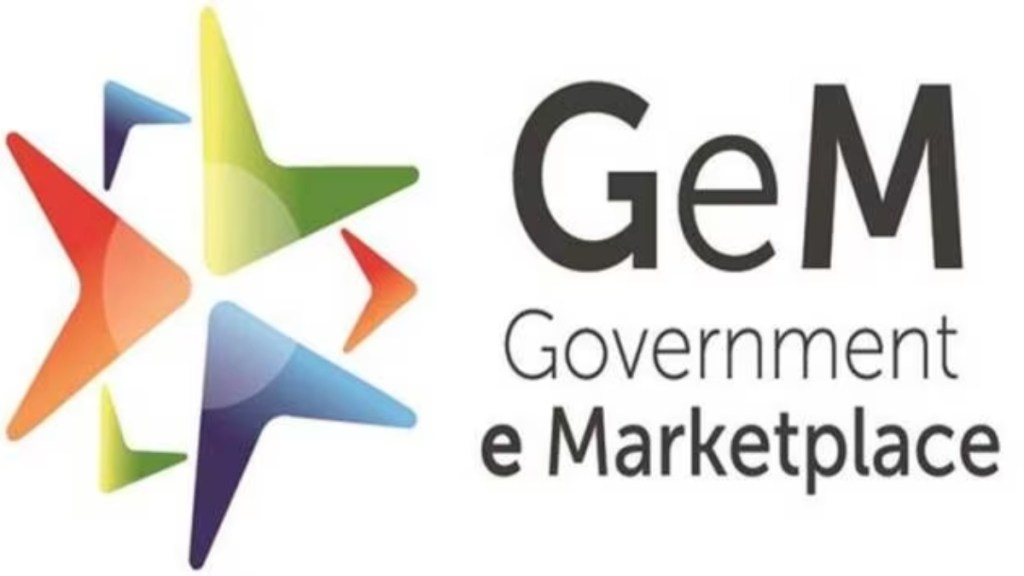The “scorching growth” of India’s public procurement portal Government e Marketplace (GeM) has drawn the attention of many other countries in Africa and Asia and many of them are looking to replicate the model, an official source said.
“There is a huge amount of interest expressed by other countries on how India has achieved this success in public procurement. We have had queries from several quarters,” he said.
In 2023-24 government procurement through GeM touched Rs 4 trillion, which was double of what was achieved in 2022-23. In FY 23 the procurement had doubled from the previous year.
The GeM model is also being showcased in conferences by the World Bank which considers public procurement as a fundamental part of sustainable development and poverty reduction.
According to estimates governments around the world spend $13 trillion every year accounting for 13-22% of Gross Domestic Product (GDP). In developing countries this could be 15-22% of GDP.
GeM is the third largest public procurement platform in the world. The biggest is South Korea’s KONEPS followed by Singapore’s GeBIZ.
“We have had several conferences organised by the World Bank where countries have expressed interest in our systems. Some countries have sent delegations who have seen our systems, studied our systems,” the official said.
“Through the world bank we are in touch with a lot of countries in Africa, in Southeast Asia and in the neighbourhood as well. Through other channels we have been approached by Jamaica and others,” he added.
Taking GeM global would require the Ministry of Commerce to discuss the issue with the Ministry of External Affairs (MEA) on how Indian systems, technology and experience can be taken abroad. “We will take a cautious call on it.”
Barring 4-5 countries globally, public procurement is rate contract-based. In this system, vendors supply goods at a fixed price over a period of time. The quantity is not specified in these contracts and these kind of contracts are used as procurement cost reduction strategy aimed at standardising procurement price.
The GeM model is more mature. “Idea is that we will try to take it forward and reach out more.”
The official said that the engagement with other countries for developing their public procurement systems could range from consultancy services to going right to the doorstep and setting up the system for these countries.
The GeM is also looking at expanding its activities further in FY 25 and facilitate work contracts of various departments and state-run companies.

